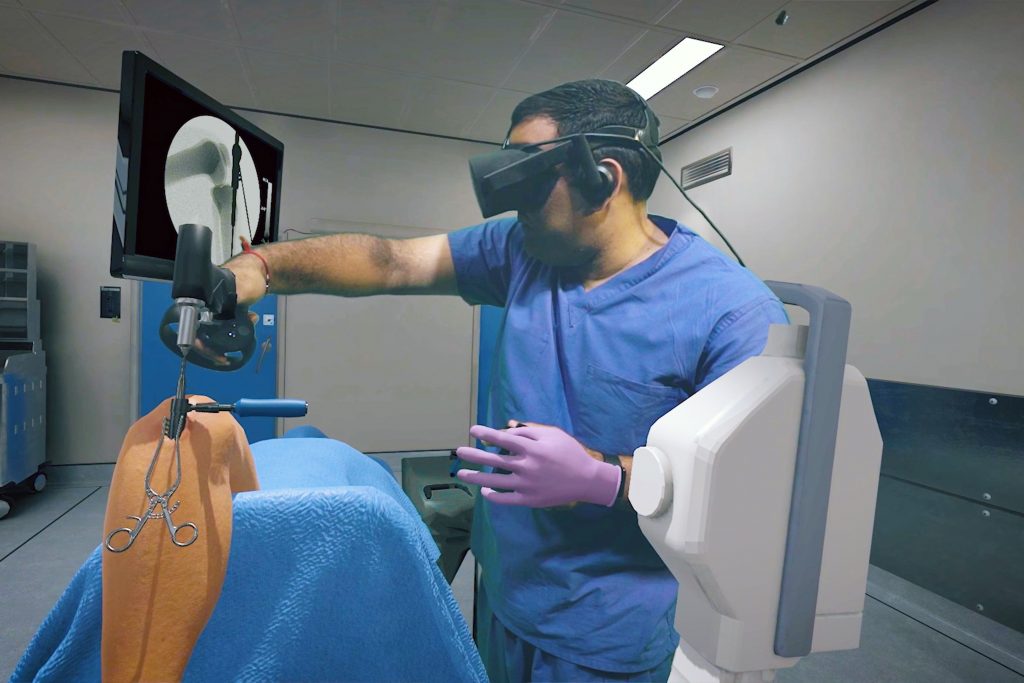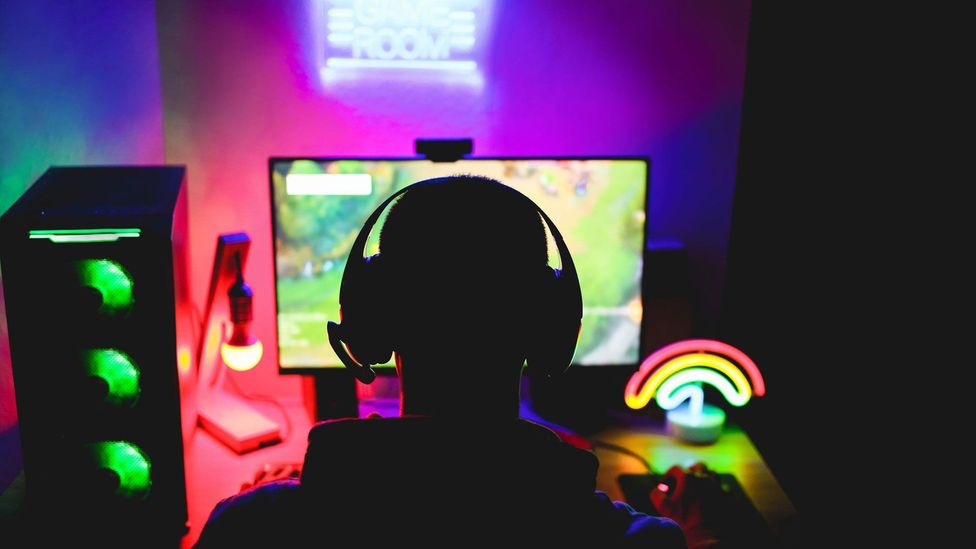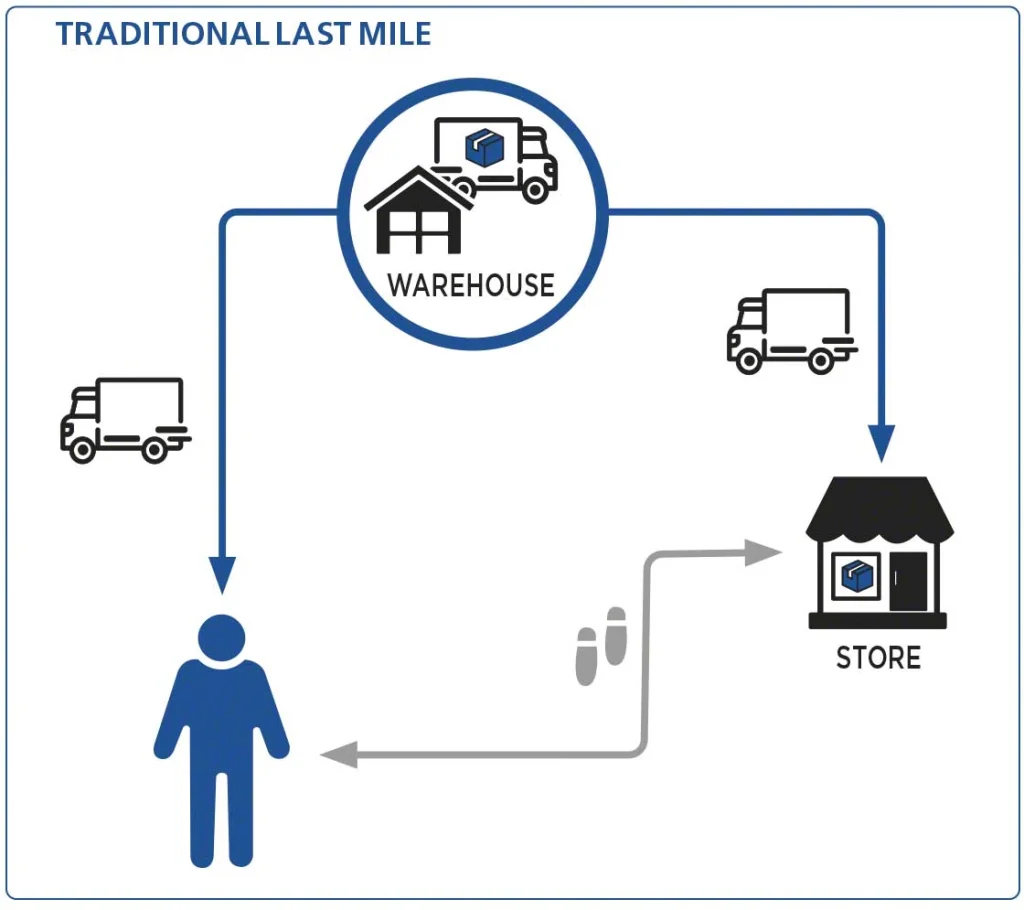The introduction of Gaming can be traced back to the 1970s. Since then, this industry grew exponentially due to advancements in technology. Nowadays, the gaming industry is huge, and it is expected to generate up to $196 billion at the end of 2022 (Clement, 2021). With the introduction of new technologies, we can expect several trends for 2022 and 2023 in the gaming industry.
Interestingly, the future of gaming rests on decentralized gaming economies. With the rise of blockchain technology and cryptocurrencies, blockchain gaming is expected to achieve tremendous growth with $4 billion of investments (Chetu, n.d.). The latter led to the creation of new niche games, such as play-to-earn, pay-to-earn, and NFT-based gaming.

My brother introduced me to video games when I was very little. I grew up discovering and playing many different games. My parents used to scold me when I played too much, saying that it was bad for me. Growing up, however, I always wondered whether my parents were right or wrong. Hence, are video games damaging, or can they be beneficial in some cases?
An interesting article from the Harvard Business Review reports that unfortunately there isn’t a direct and clear answer to this question. In general, it seems that there are some benefits, such as better control of one’s attention and improved spatial reasoning (Grinspoon, 2020). However, we still do not know whether these benefits are connected with just the video-games sphere, or if they can be identified also in the real world. Nonetheless, gaming has been proven to be quite beneficial for training procedures. For example, in Rosser’s experiment (2007), the performance of surgeons in laparoscopic surgery has been analyzed. The author hypothesized that surgeons who played training-based video games performed better than surgeons who don’t. Results show that surgeons playing for more than 3 hours per week made 37% fewer errors, were 27% faster, and score 32% better than other surgeons who have never played (Rosser, 2007).

Yet, there are many potential downsides with gaming: recent research associates gaming with obesity in teens, given that if you are sitting in front of a screen for a long time, you might not get enough exercise (Grinspoon, 2020). Also, this effect is increased by increased consumption of food while gaming. This is because when gaming, the signals that indicate fullness get impaired. Also, stress derived from gaming activates the reward center of the brain, leading to more appetite (Grinspoon, 2020).
Conclusively, gaming can have both negative and positive effects concerning its usage. In short, moderated gaming can beneficial for cognitive functions, socializing in the virtual world, and for training purposes. On the other hand, gaming addiction could provoke psychological and physiological problems, such as sleep deprivation, insomnia, depression, aggression, and anxiety (Grinspoon, 2020). If you are interested in seeing a detailed list of the benefits and disadvantages of gaming, check this out https://www.health.harvard.edu/blog/the-health-effects-of-too-much-gaming-2020122221645

References
Chetu. (n.d.). Top 5 Game Development Technologies and Trends for 2022. Retrieved October 8, 2022, from https://www.chetu.com/blogs/gaming/game-development-trends.php
Clement, J. (2021, November 19). Video game industry – Statistics & Facts. Statista. Retrieved October 8, 2022, from https://www.statista.com/topics/868/video-games/
Geyser, W. (2022, May 16). The Top 11 NFT Games You Should Check Out in 2022. Influencer Marketing Hub. Retrieved October 8, 2022, from https://influencermarketinghub.com/nft-games/
Grinspoon, P. (2020, December 22). The health effects of too much gaming. Harvard Health. Retrieved October 8, 2022, from https://www.health.harvard.edu/blog/the-health-effects-of-too-much-gaming-2020122221645
Rosser, J. C. (2007, February 1). The Impact of Video Games on Training Surgeons in the 21st Century. Archives of Surgery, 142(2), 181. https://doi.org/10.1001/archsurg.142.2.181





